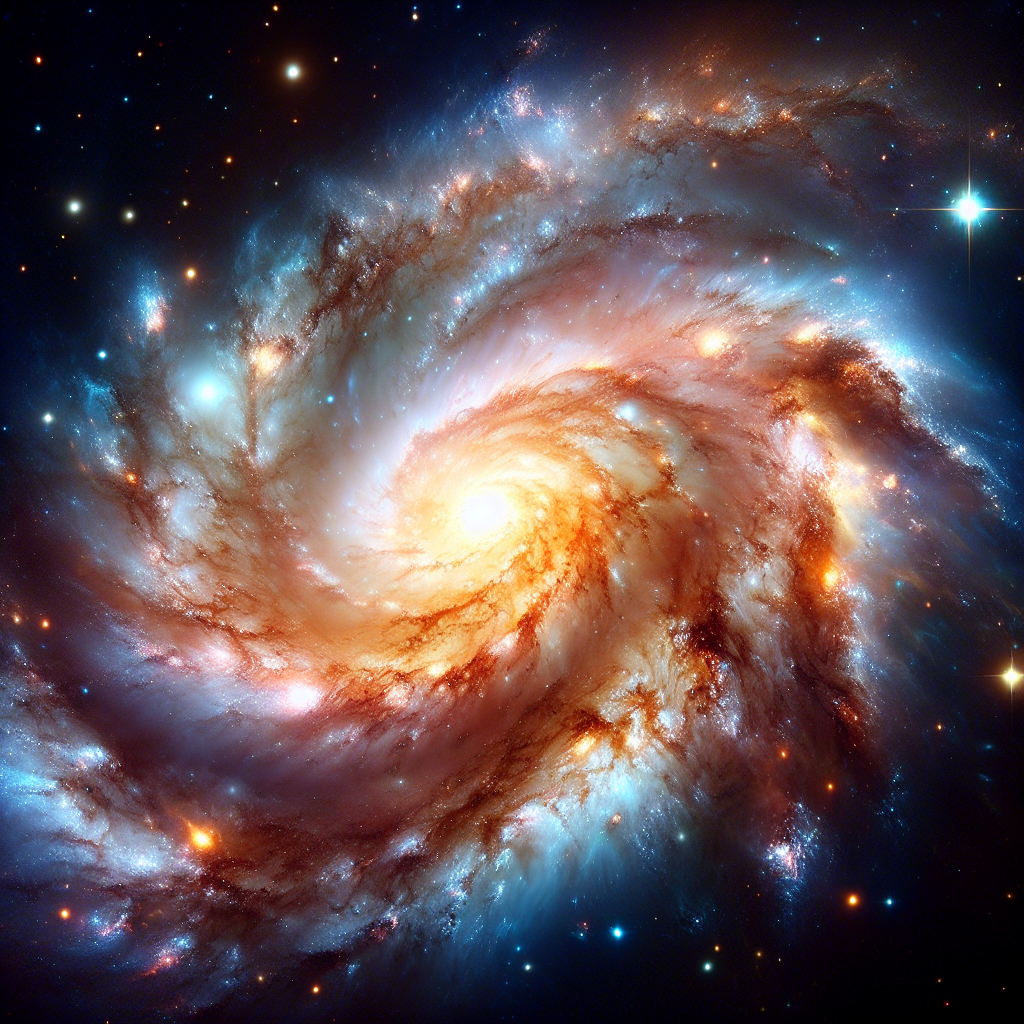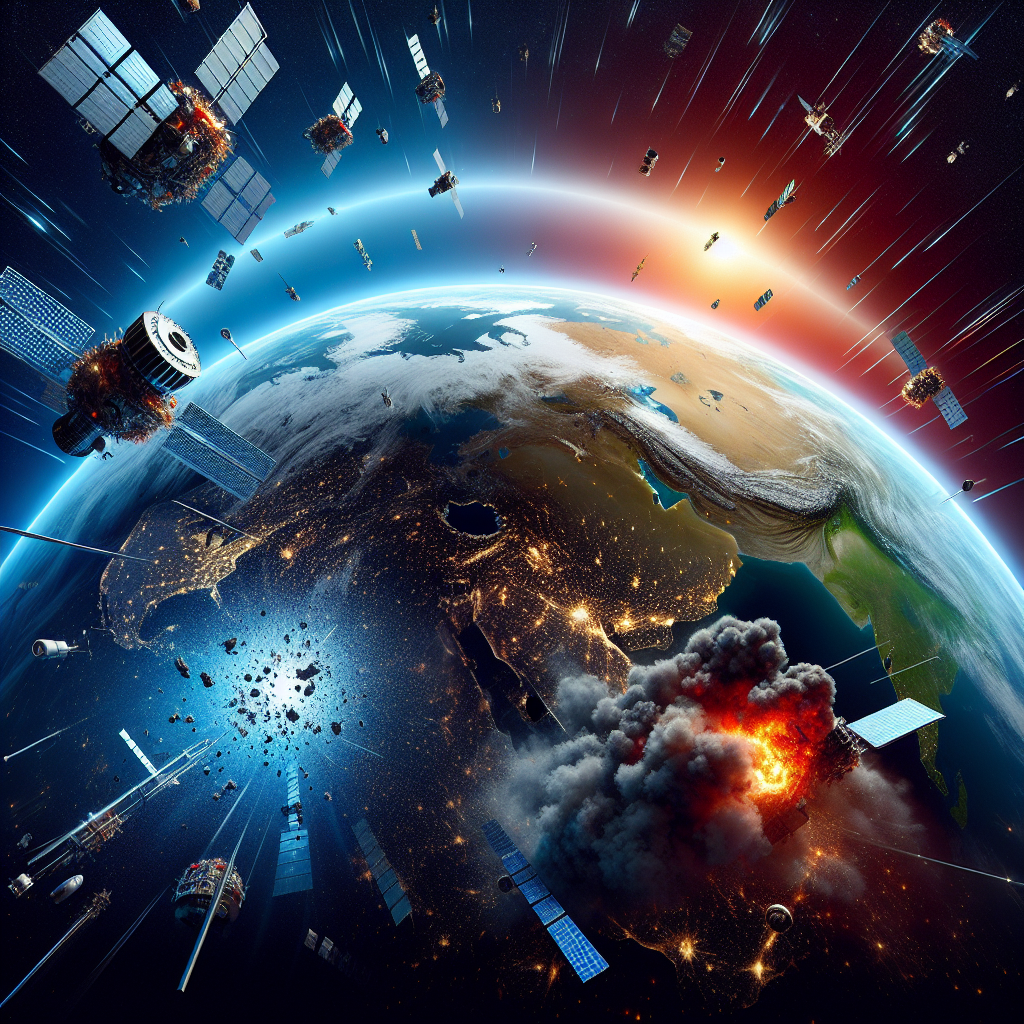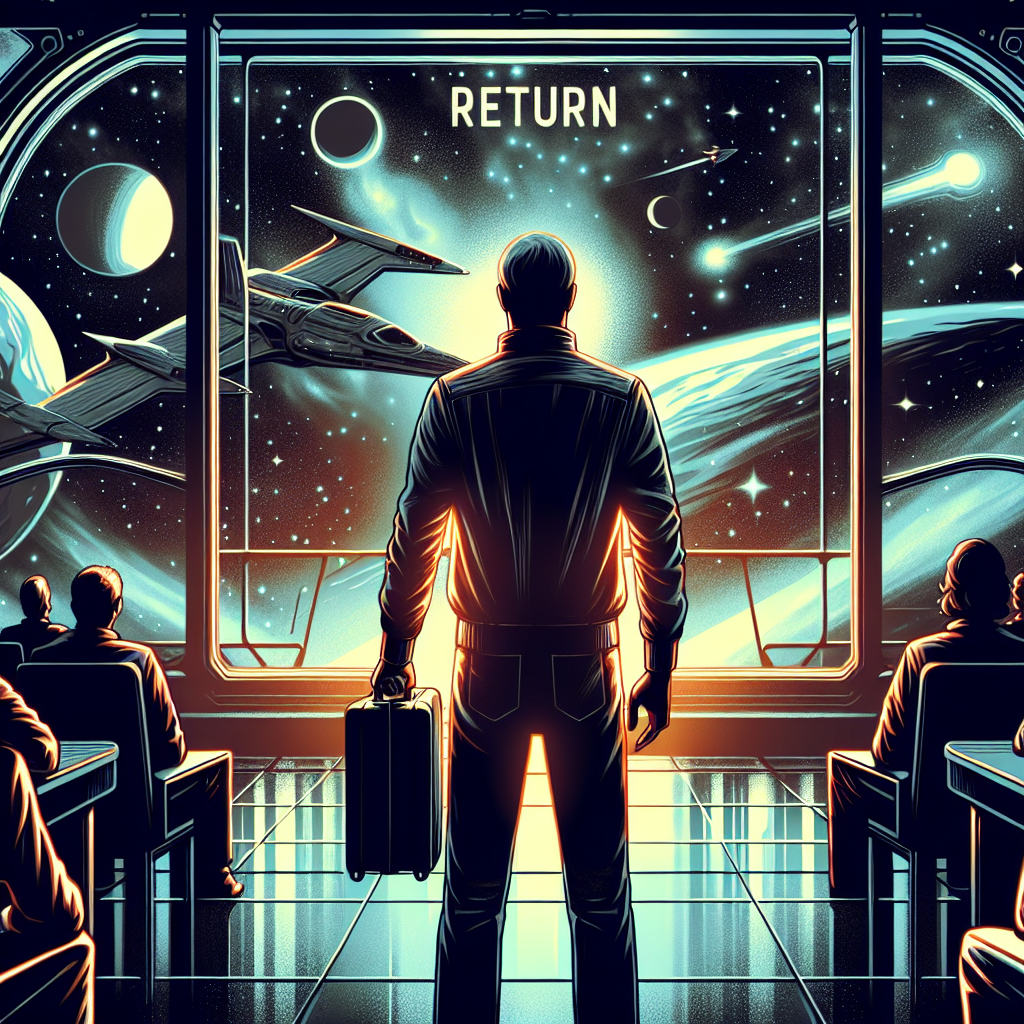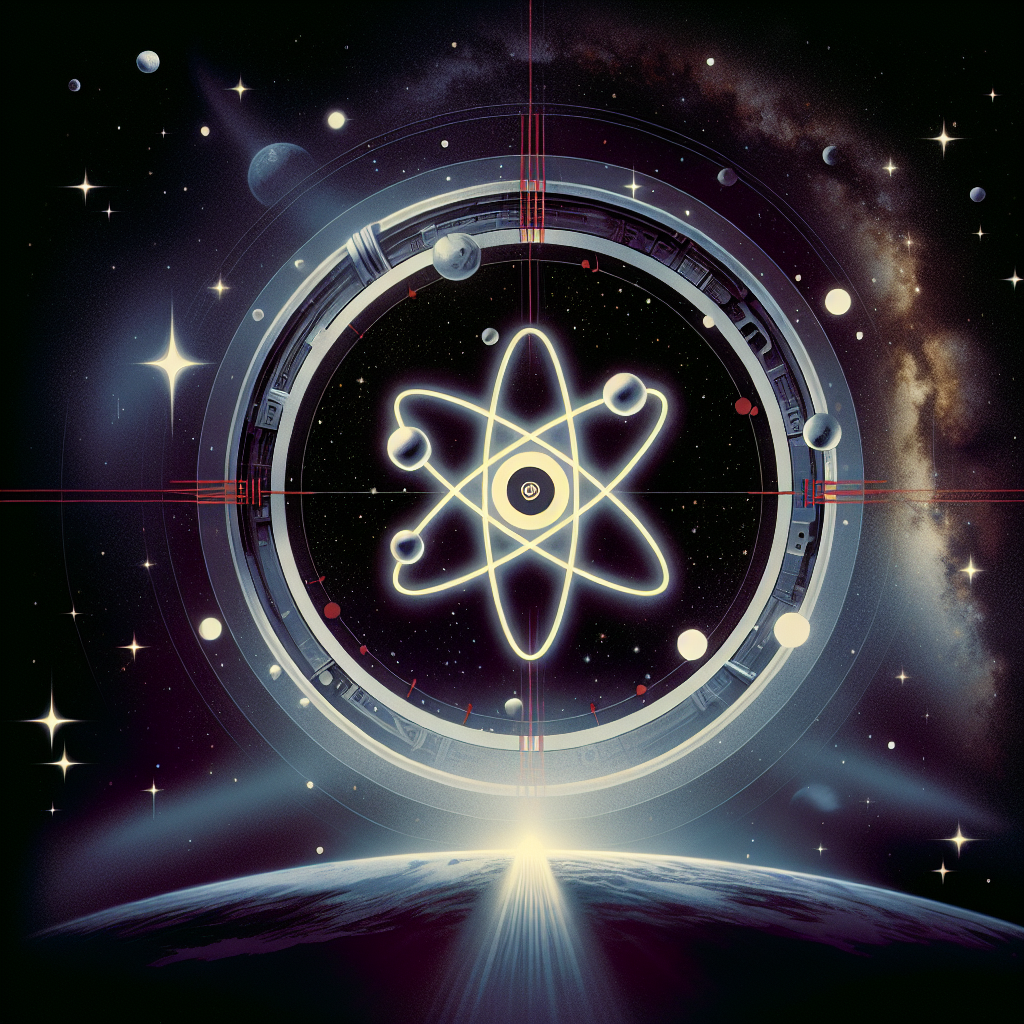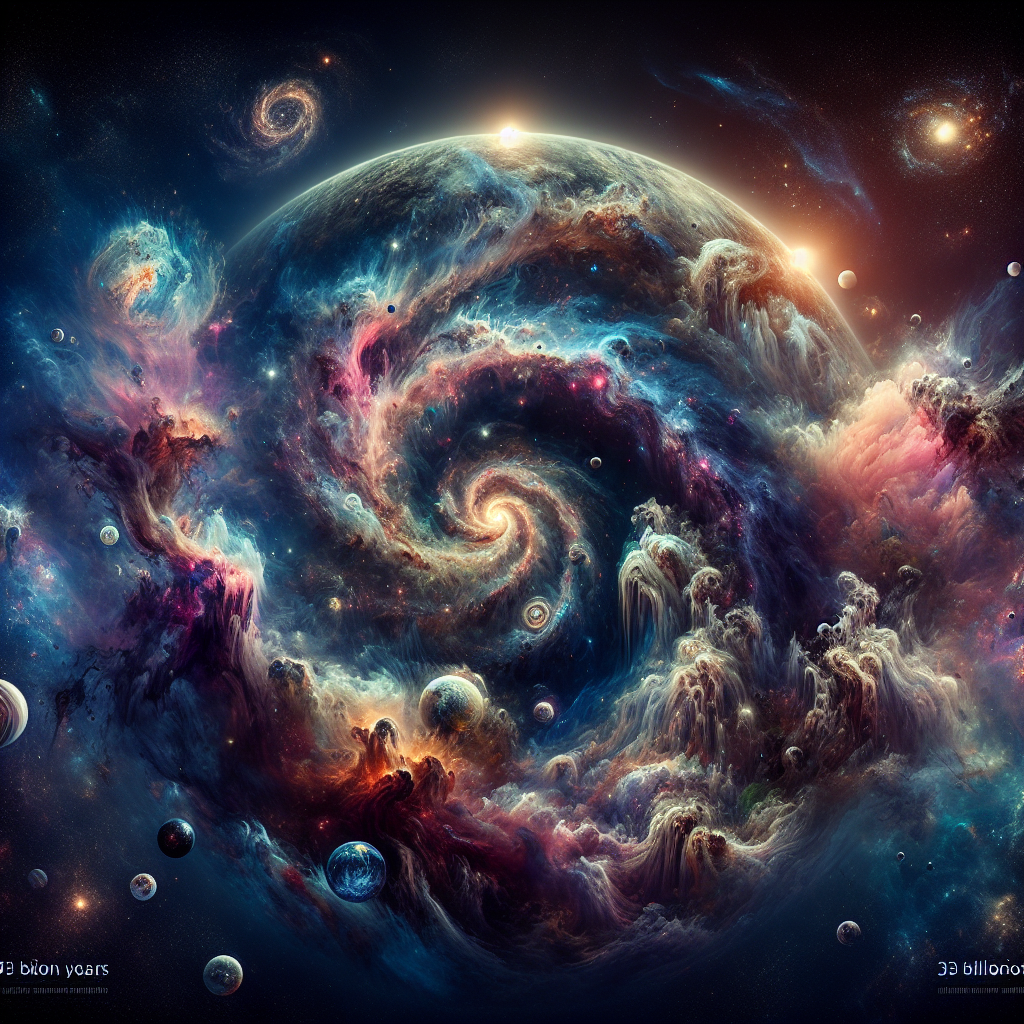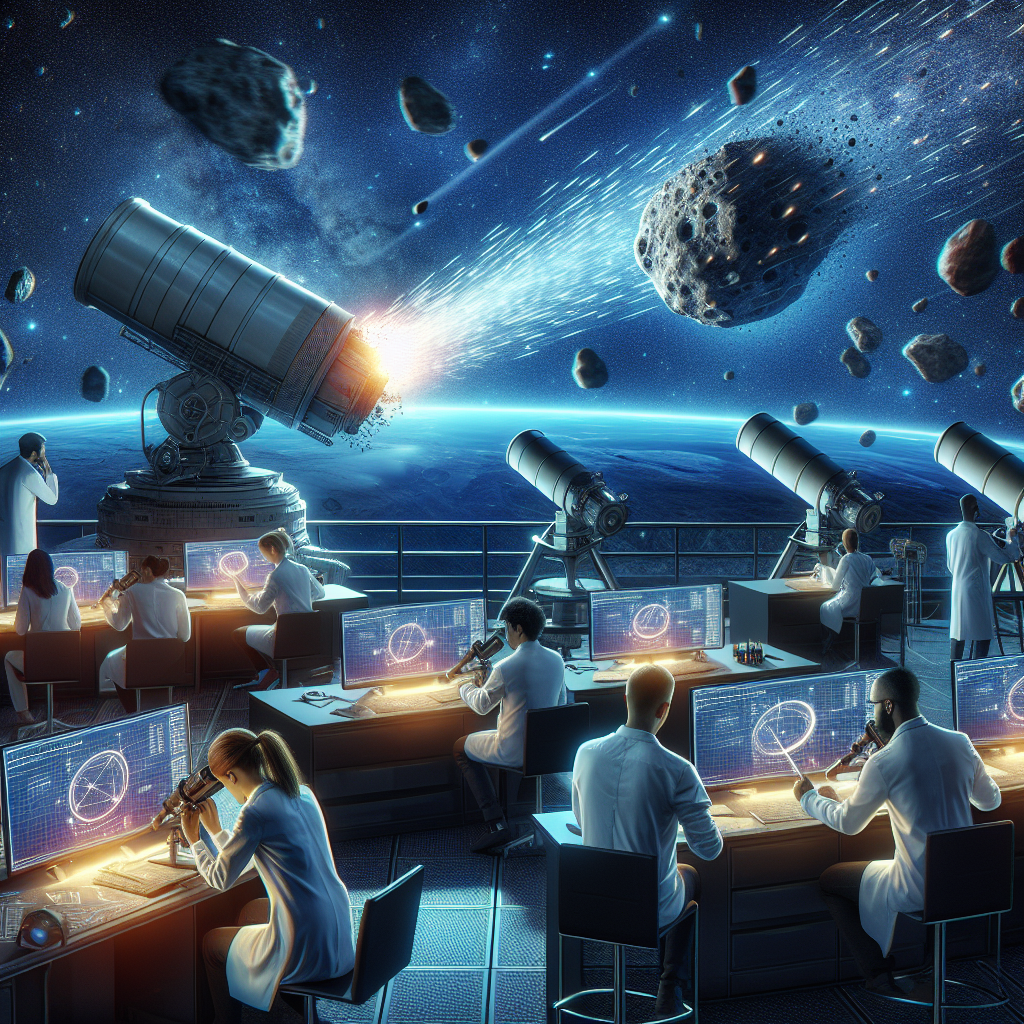Title: Unveiling Stellar Nurseries: New Image of Sculptor Galaxy Sheds Light on Star Formation
The Sculptor galaxy, a lustrous celestial body located approximately 11.4 million light-years away from us, has been the focus of astronomers’ attention for years. Now, a new, brilliantly detailed image of this galaxy is providing a wealth of information that could significantly advance our understanding of how stars are born.
Galaxies are like cosmic nurseries, cradling clusters of gas and dust that, under the right conditions, can coalesce into new stars. The Sculptor galaxy is no exception, with its vast expanses filled with an intricate network of star-forming regions. The recently captured image presents these regions in dazzling detail, offering astronomers a treasure trove of data to delve into.
The image, captured by some of the world’s most advanced telescopes, reveals a myriad of astronomical phenomena happening inside the Sculptor galaxy. On a backdrop of cosmic darkness, brilliant formations of gas, dust, and newborn stars shine with a radiance that can be seen millions of light-years away. These formations, known as nebulae, are essentially stellar nurseries where stars come into existence, and studying them can provide invaluable insights into the process of star formation.
Astronomers around the world are eager to dissect the wealth of information contained in this new image. This data will be instrumental in answering some of the most fundamental questions about the universe, such as how stars form, evolve, and eventually die. The image also captures the galaxy’s dynamic nature, its constant evolution and transformation driven by the birth and death of its stars.
Astronomers are particularly interested in how the conditions within a galaxy can influence star formation. For instance, the Sculptor galaxy, unlike our Milky Way, is classified as a starburst galaxy. This means it undergoes periods of intense star formation at a rate much higher than that of most galaxies. Understanding why and how this occurs could provide key insights into the life cycles of galaxies and the universe as a whole.
The Sculptor galaxy isn’t just an astronomical curiosity; it’s a window into the cosmos that allows scientists to study the past, present, and future of the universe. As we continue to unravel its secrets, we come closer to understanding our place in the grand cosmic scheme.
This image of the Sculptor galaxy is a testament to the power of modern astronomy, and its potential to unlock the secrets of the universe is immense. It serves as a reminder that our understanding of the cosmos is continually evolving, and with every new discovery, we get a little closer to answering the age-old question: How did we get here?
As we gaze at this brilliant image, let’s remember that it’s not just a beautiful snapshot of a distant galaxy, but also a map guiding us deeper into the mysteries of the cosmos.
Read more from the original source here: [https://www.space.com/astronomy/sculptor-galaxy-image-provides-brilliant-details-that-will-help-astronomers-study-how-stars-form](https://www.space.com/astronomy/sculptor-galaxy-image-provides-brilliant-details-that-will-help-astronomers-study-how-stars-form).

